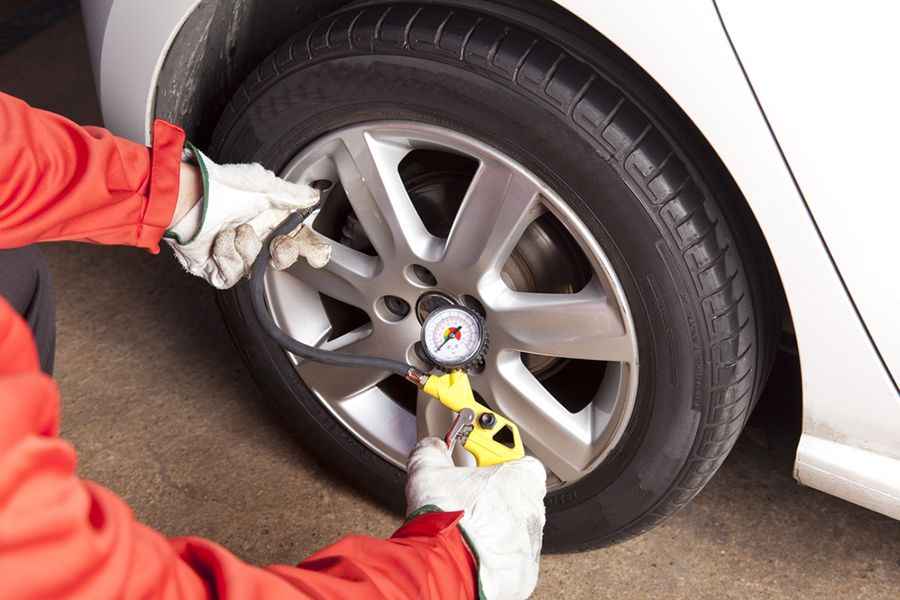The Surprising Impact of Tyre Wear on Stopping Distances in the UK
Owning a car can be an expensive business. As well as the cost of the vehicle itself, motorists need to contend with the dozens of ongoing costs that go along with it. There’s road tax, insurance, petrol, and an annual MOT to think about.

Sometimes, you might wonder whether it’s worth spending a little extra on a given expense in the long-term. Is gap insurance worth it for new cars? It will depend on your circumstances, and your aversion to particular kinds of risk. What is certain is that replacing your tyres regularly can reap dividends.
The condition of your tyres is critical to the performance of your vehicle. This should probably come as no surprise; your tyres represent the point at which your vehicle comes into contact with the road.
But while many of us will invest heavily in the car itself, few of us change our tyres with anything like the regularity we really should. Given the influence that new tyres can have on performance, this is surprising. While tyres might not be as glamorous as a power powerful engine, they can be every bit as consequential. In many cases, they might be even more so.
Stopping Distance
The state of your tyres is a major influence on your vehicle’s ability to stop. In the UK, there’s a legal limit to how worn your tyres can be. This is 1.6mm, or around the same thickness as the border of a twenty-pence piece.
A new tyre will come with a tread depth of around 8mm. But over time, this will wear away. As it does so, the treads will lose their ability to distribute water and other fluids away from the bottom of the tyre. This can result in a huge increase in braking distance, even if the tyre is substantially above the 1.6mm limit.
According to research by the Royal Society for the Prevention of Accidents, stopping distance is increased by 36.8% on hot rolled asphalt. If you’re driving on smooth concrete, the effect is even more startling, with stopping distances going up by 44.6%.
What’s interesting is that, especially in the case of hot rolled asphalt, there’s actually little difference in stopping distance between 8mm and 4mm. It’s only when we get below 4mm that performance begins to drop off dramatically. It’s for this reason that the organisation recommends changing a tyre when it reaches 3mm, rather than 1.8mm.
Fortunately it’s never been easier to buy and fit replacement tyres from online vendors. In many cases, the installation of new tyres can pay for itself, since you’ll be providing your car with additional grip on the road, preventing expensive collisions, and reducing your overall fuel consumption.